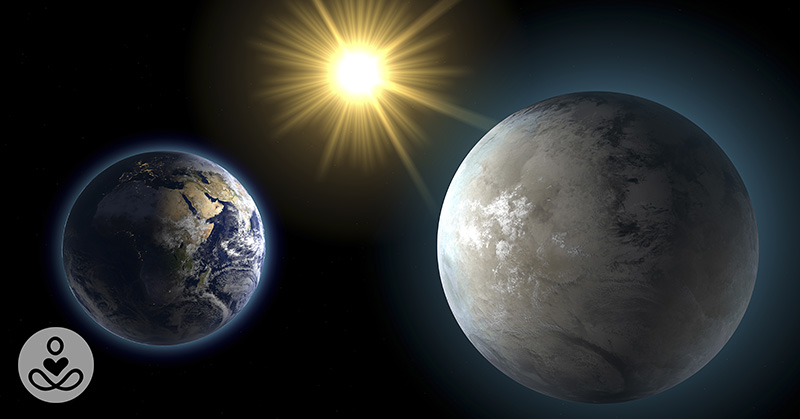Looking up into the night sky and seeing unfathomable numbers of stars has always made us, as human beings, question both our place in the universe and whether we are alone in it. Scientists pondering exactly these questions have discovered a new Earth-like planet orbiting the nearest star to our solar system.
The discovery was first published in the German magazine Der Spiegel. The planet orbits the Proxima Centauri, which is approximately 4.25 light years away from us. In the original article the magazine said, ‘The still nameless planet is believed to be Earth-like and orbits at a distance to Proxima Centauri that could allow it to have liquid water on its surface – an important requirement for the emergence of life. Never before have scientists discovered a second Earth that is so close by.’
Potential for alien life?
Since the report was first released the planet has been named Proxima b and has caused a frenzy of excitement in the scientific community. With its Earth-like qualities, many scientists have begun hypothesizing the likelihood of the planet harbouring life. ‘There is a reasonable expectation that this planet might be able to host life, yes,’ said Guillem Anglada-Escudé, co-author of the research from Queen Mary, University of London.
Escudè was one of the scientists who collected and scrutinized data accumulated by the European Southern Observatory (ESO) in Chile. The ESO data was conducted by analyzing light emitted by Proxima Centauri. The analysis is produced based on the orbit of the planet which is calculated by the slight gravitational pull it has on the star that affects its movement.
As the star moves further away it appears redder through a telescope and as it moves towards us it appears bluer. The frequency of this movement is indicative of the planet’s orbit, which can be used to work out its distance from the sun. Using this technique the research team at the ESO were able to work out that Proxima b takes just 11.2 days to complete a full cycle around Proxima Centauri, due to its proximity – Proxima b orbits at 5% of the distance between our Earth and the sun!
Despite being closer to its sun than Mercury is to ours, Proxima b is still a candidate for life. Its candidacy for life is based on the fact that Proxima Centauri is an older, cooler and dimmer star than our sun. The biggest concern for the promise of life is the extreme weather conditions that are likely to occur on the planet. It appears that Proxima b doesn’t rotate on its axis like the Earth, due to the higher gravitational pull that is exerted on it from its sun. Therefore, half of the planet is likely to be dangerously hot, while the other half is frigidly cold.
Don Pollacco, professor of astrophysics at the University of Warwick, who was not involved in the research, believes that it is far too premature to begin discussing the likelihood of life on the planet. ‘These observations tell you nothing about the planet itself, it is important to realise that,’ he said. While also pointing out that there is no evidence of any atmosphere, which is essential for life.
Although there is a great deal more analysis to be done on the planet, the team who discovered the planet believe it is cause for celebration and excitement. Thus far, the technique by the ESO can only tell us about the orbit and the size of the planet – 1.3 times earth’s mass. However, Escudè believes that the fascination with space exploration will be reinvigorated by such a discovery and that this new wave will lead to a series of necessary technological advances.
‘There are reasonable expectations that this planet can be detected with direct imaging within the next ten years,’ he said, adding that the invention of a space telescope to orbit around the planet and study its atmosphere may not be too far away.
The reality is that this discovery isn’t likely to lead to a series of manned shuttles setting off to walk on the surface of this brave new world. In terms of the universe, 4.25 light years is a small step but for mankind, it is one impossible leap of thousands of years. However, such a discovery reminds us just how little we know about the vast and potentially endless space of the universe. We may not be alone after all…

